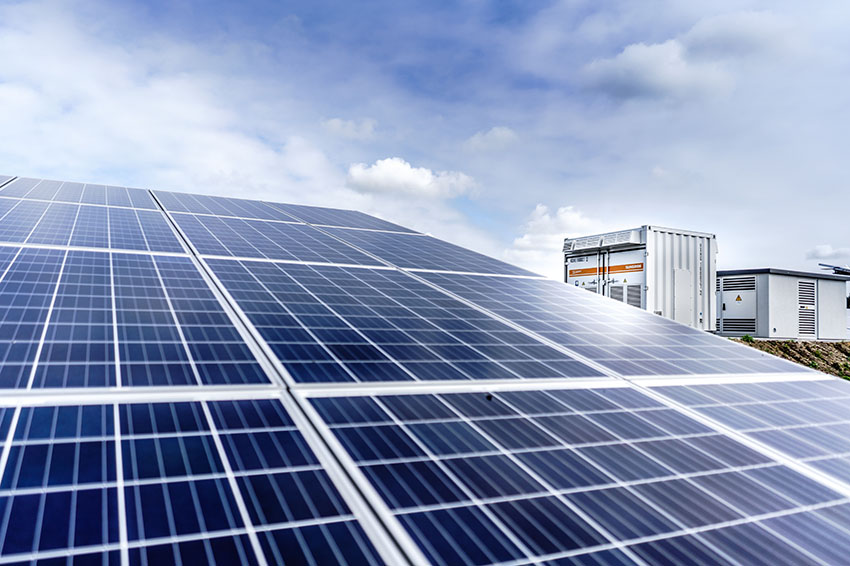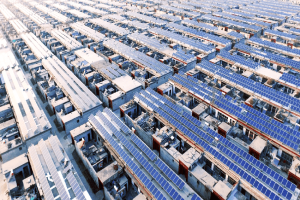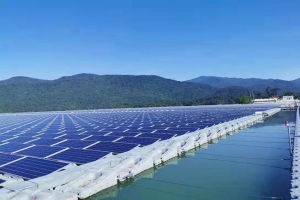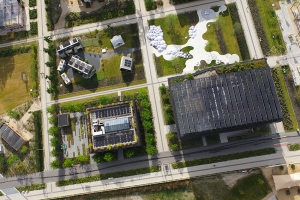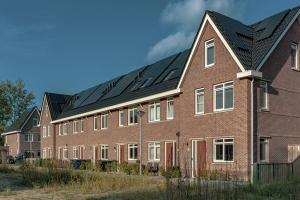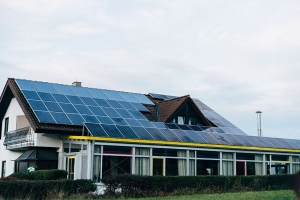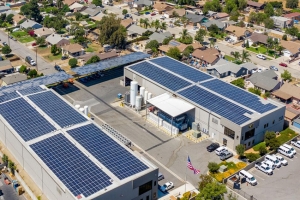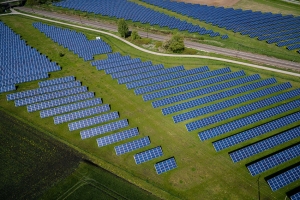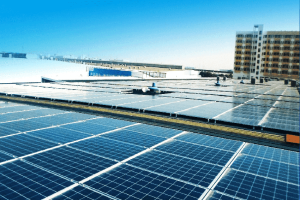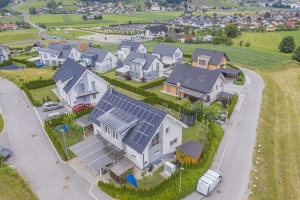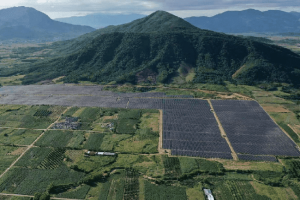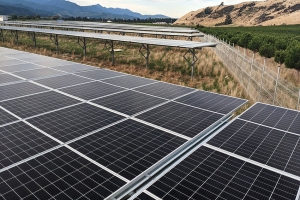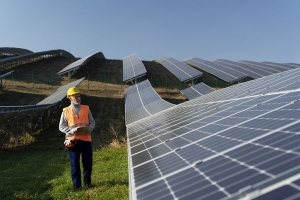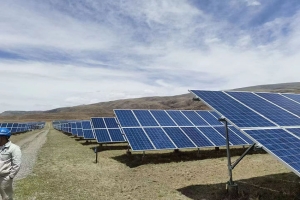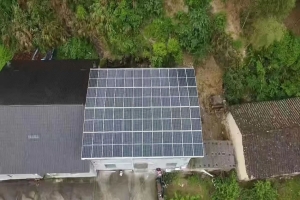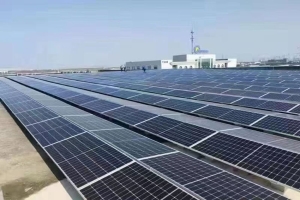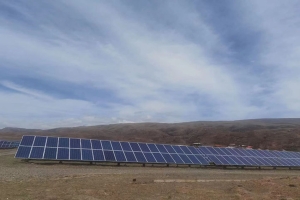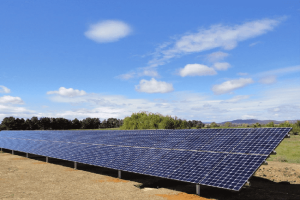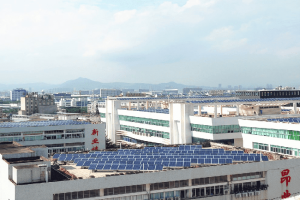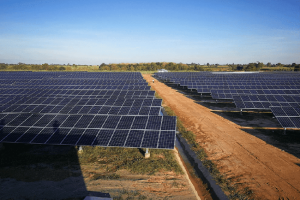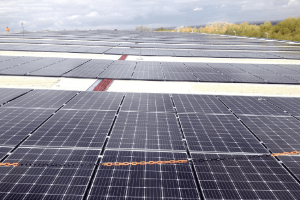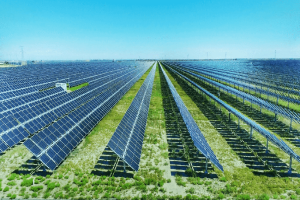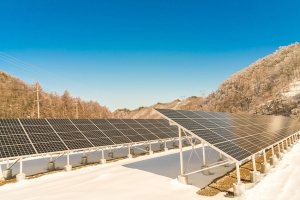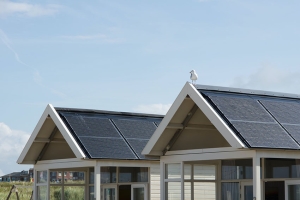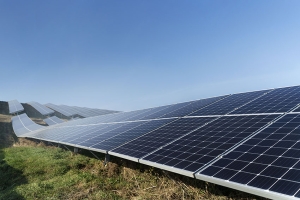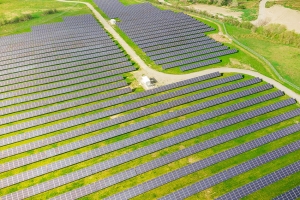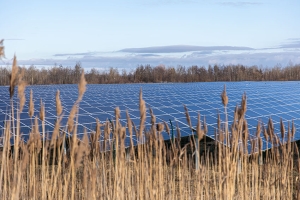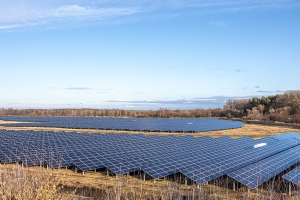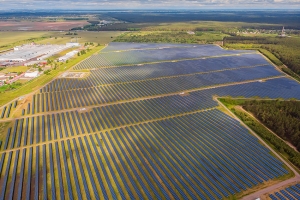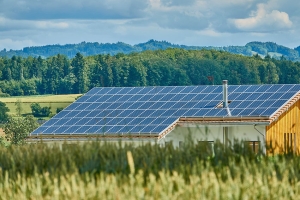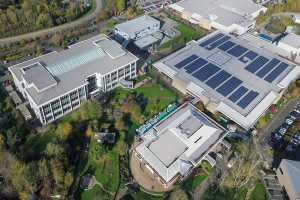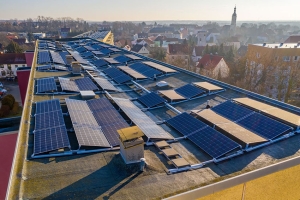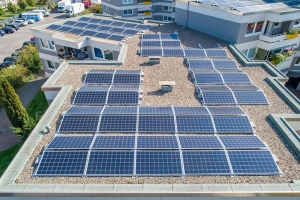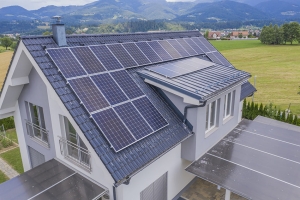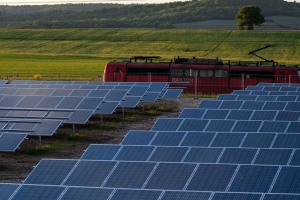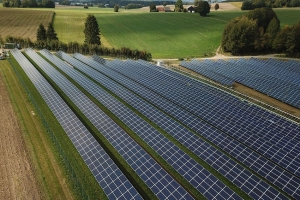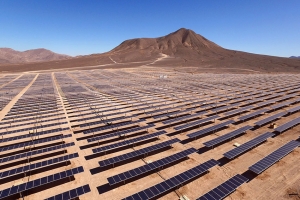Technical specifications of the solar panels and inverters used in the project.
The Chiba Prefecture Central Factory Commercial Solar Power Project in Japan features advanced solar panels and inverters to generate clean energy. The solar panels used in the project are high-efficiency monocrystalline silicon panels with a capacity of 330 watts each. The inverters used in the project are string inverters with a capacity of 50 kW each. The combination of these advanced solar panels and inverters ensures maximum energy production and efficiency for the project.
Project timeline and milestones.
The Chiba Prefecture Central Factory Commercial Solar Power Project in Japan began in 2018 and was completed in 2019. The project was divided into several milestones, including the installation of solar panels and inverters, the connection of the system to the grid, and the testing and commissioning of the system. The project was completed on time and within budget, and has been generating clean energy for the factory since its completion.
Environmental impact and sustainability measures.
The Chiba Prefecture Central Factory Commercial Solar Power Project in Japan has had a significant positive impact on the environment. By generating clean energy, the project has reduced the factory's carbon footprint and helped to mitigate the effects of climate change. In addition, the project was designed with sustainability in mind, using high-quality materials and energy-efficient technology to ensure that the system will continue to operate effectively for many years to come. Overall, the project serves as a model for sustainable energy development and demonstrates the potential for renewable energy to power businesses and communities around the world.
